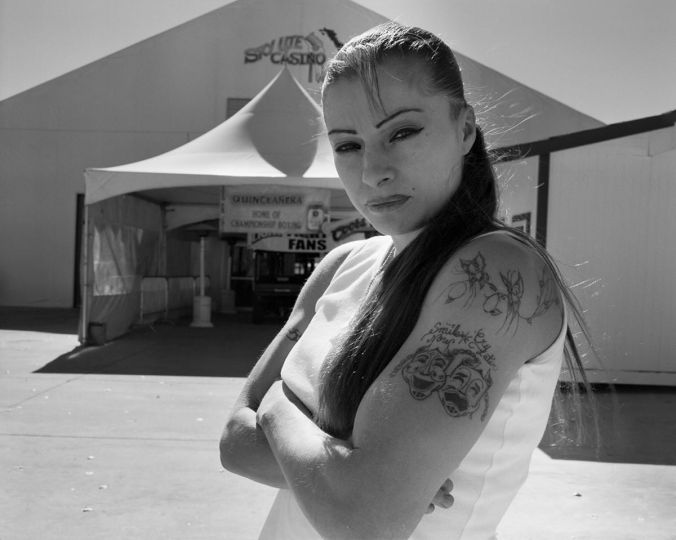This year, Photo Days celebrates its 5th anniversary and continues its commitment to contemporary art. The festival supports artists by commissioning and producing their work in unusual locations. Among them, the Carrousel du Louvre is hosting Juliette Agnel’s Dahomey Spirit, a fascinating series exploring the unique vegetation of Benin, offering a fresh perspective on this iconic Parisian landmark.
In its search for atypical venues, and with the idea of reconnecting with emblematic locations for photography in Paris in mind, Photo Days has the opportunity in 2024, thanks to the Comité d’animation culturelle Paris 1, to move to the Carrousel du Louvre: this is where the famous Paris Photo fair made its debut, from 1997 to 2010.
The venue is both huge and very popular, and the space reserved for us occupies the entire span of the Carrousel, from the rue de Rivoli entrance to the inverted pyramid and on to the Charles V hall.
Juliette Agnel has been invited to create a bespoke work: she has chosen to travel to the Jardin d’Essai of the Fondation Zinsou in Benin in the summer of 2024 to depict its unique vegetation, a rare testimony to the Dahomey gap, the climatic upheaval that took place in this part of the world 4,500 years ago. Juliette Agnel’s work was carried out day and night, in communion with nature.
Three questions to Juliette Agnel
How did you come to think about the location you were offered, and how and why did you choose this series?
I was looking for something new, but it had to be something that could be achieved in a short space of time in terms of logistics, and something that would resonate with my research, that would speak to me and make sense. When Benin presented itself to me, thanks to Marie-Cécile Zinsou, with plants that bear witness to climate change as the main character, I was immediately certain that it was the right place. The fact that Benin is the land where Voodoo was born only increased my desire to go and work there, alongside nature and the sacred forests. Everything came together: it was also the continuation of Martinique (see Forêt-ancêtres), in the history of peoples.
Every exhibition is an experience. The original idea develops over the course of the project and, sometimes, the end result diverges from the original idea. What was your experience?
I know from the outset that what we build and what we expect will be deconstructed and that we have to be able to welcome what comes next.
There were elements that remained: like the desire to work at night and with smoke to distance us from the background, and as an element of passage to the invisible world, but everything fell apart on the first evening, because nothing worked as planned. This caused tension, disappointment and a great deal of stress, because time was running out and we had to find solutions.
I had to shoot more and more, and work harder. Try everything I could, work during the day, work at night with more images, more colours, work in super 8, to be sure of bringing back material that would satisfy me.
It really wasn’t easy. In the end, I landed on my feet and my first idea came back. But it was through hard work and tension that it happened.
Has this invitation encouraged you to think in new ways, to explore new avenues in your work?
Yes, on the one hand, the invitation gave me a glimpse of Benin too quickly, so I’m planning to go back there to continue working alongside voodoo and nature on the spot, but also, formally, it was the first time I’d introduced smoke and colour into the night. I’d already seen that I wanted to introduce light with a photo I’d taken in an olive field in Croatia at night with a red headlamp, but this series allowed me to unfold the field of these possibilities and the beginnings of these desires.
I was also able to work with voodoo in a more concrete way, something that had already been started in my previous series. It makes me want to go further with the dialogue with plants that heal, plants that bear witness, plants that are the gateway to invisible worlds
Born in 1973, Juliette Agnel studied visual arts and ethno-aesthetics, before going on to study at the Beaux-Arts in Paris.
An encounter with Jean Rouch took her on the roads of Africa for more than 10 years.In 2011, she designed and built a machine: the digital camera obscura, with which she films and photographs.
Juliette Agnel has taken a global philosophical approach to her quest to understand the world. This exploration takes her from the heavens to the earth, from cosmic spaces to telluric forces, and even underground, exploring prehistoric caves. She photographs what is invisible and tries to open up the spiritual forces that run through the world.
Juliette AGNEL
Dahomey Spirit
Carrousel du Louvre
99 rue de Rivoli – Paris 1er
7 November to 3 December
Information
Carrousel du Louvre
99 rue de Rivoli, 75001 Paris
November 07, 2024 to December 03, 2024



























